Namibia: The 500-Year-Old Treasure Shipwreck That Rewrites History
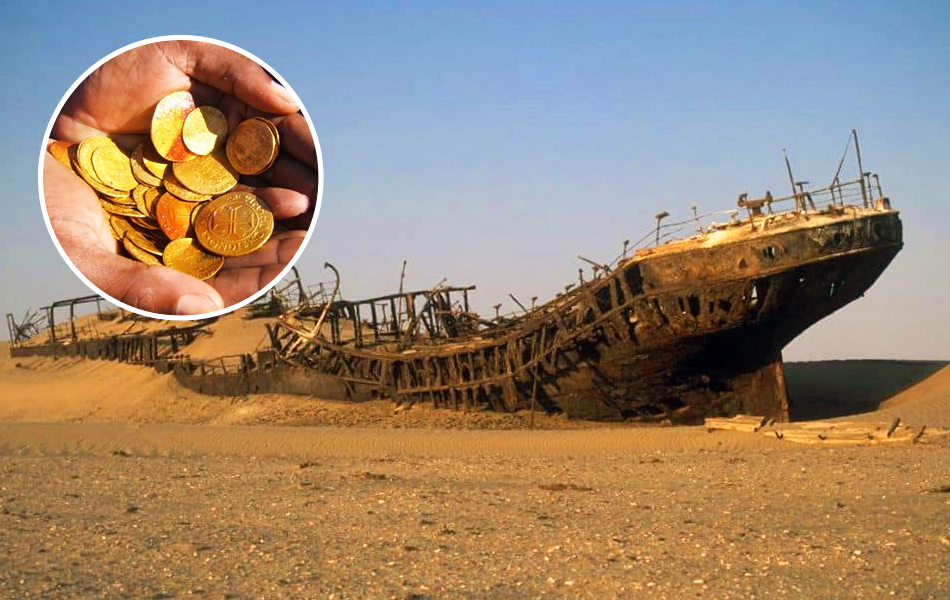
When miners in Namibia’s Sperrgebiet Desert unearthed a pile of weathered timber and corroded metal in 2008, they didn’t expect to stumble upon one of the greatest archaeological discoveries of the 21st century; a Portuguese treasure ship buried beneath centuries of desert sand.
The vessel, the Bom- Jesus (meaning – Good Jesus), vanished in 1533 while sailing from Lisbon to India, laden with gold, ivory, copper and luxury goods. Nearly 500 years later, its rediscovery in one of the driest places on Earth has opened a window into a global story of human ambition, family fortunes, imperial expansion and the interconnected world that was emerging long before the modern age. A ship that was lost to an empire, and it is found by chance.
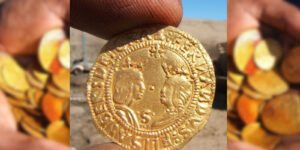
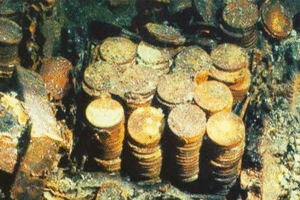
The Bom-Jesus was part of Portugal’s maritime empire at its zenith, when Lisbon stood as the heart of a global network stretching from Europe to Africa and Asia. Historical records suggest the ship veered off course along the treacherous Skeleton Coast, a graveyard of vessels shrouded in fog and shifting sands.
When miners from Namdeb, a joint venture between De Beers and the Namibian government, stumbled upon the wreck, it was pure chance. An accident of industry intersecting with history. Beneath the sands, archaeologists uncovered an extraordinary haul of over 2000 gold coins, elephant tusks, copper ingots, navigational instruments, weapons and personal belongings, miraculously preserved by the arid climate.
The Bom-Jesus was no ordinary merchant ship. Its cargo was financed in part by the Fugger banking family of Augsburg. Unique Europe’s most powerful dynasties, whose wealth fortified kings, wars and early capitalism. In this sense, the wreck was a time capsule not just of global trade, but of how family wealth and financial ambition helped fuel Europe’s reach into the wider world. Which is the picture of the human story beneath the gold.
While the gold and ivory gleam in headlines, the story of the Bom-Jesus is also intensely involving human activities. Archaeologists found traces of the crew bones, shoes and personal items, silent witnesses to lives lost far from home. These sailors, many of them ordinary men driven by poverty or duty, were part of a vast and perilous enterprise that linked continents but consumed countless lives in the process.

The ivory aboard the ship tells another human story. A story of Africa’s elephant populations and the local trade networks that supplied this prized material for European markets. Each tusk, researchers say, carries genetic markers linking it to specific elephant herds in West Africa, offering new insights into the historical geography of wildlife trade and exploitation long before industrial poaching began. A rich cultural and political reverberations of an era.
Namibia’s stewardship of the wreck has become a model for post-colonial heritage management. Under the UNESCO Convention on the Protection of Underwater Cultural Heritage, the Namibian government holds full custodianship of the site. Portugal, to its credit, declined to assert ownership. As this is a rare gesture of respect that historians see as a step toward more equitable cultural diplomacy.
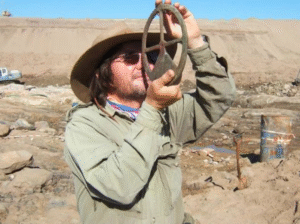
In an era when disputes over looted artefacts dominate global headlines from the Benin Bronzes to Egypt’s mummies are booming the globe, the Bom-Jesus stands out as a story of cooperation rather than conflict. Namibia’s Ministry of Education, Arts and Culture has since proposed establishing a maritime museum in Oranjemund, where the wreck was found, ensuring that this chapter of world history remains accessible to the public and rooted in African soil.
Politically, the find underlines Africa’s central place in early globalization. Not as a passive recipient of European contact, but as a vital crossroads of trade, resources and human exchange. Mostly for Namibia, a country often framed through the lens of colonial exploitation and natural resource extraction, the discovery reclaims a narrative of agency and shared global heritage. A breathing business empire beneath the waves, breeding forth in suggestiveness.
The Bom-Jesus was a microcosm of 16th-century commerce. An enterprise linking financiers in Europe, traders in West Africa and spice merchants in India. The Fugger family’s investment in the voyage reflects how early modern capitalism intertwined with empire, risk, and maritime innovation.
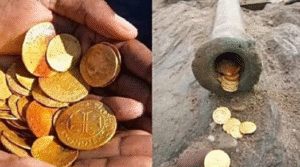
Each coin, each ingot, was part of a vast network of profit and peril. The cargo’s gold, likely originated from West African mines, exchanged for textiles, weapons and copper, are the same commodities that later shaped centuries of Atlantic trade. The ship’s destruction, therefore, represents both a financial catastrophe and a glimpse into the speculative spirit that defined the first wave of global capitalism.
Today, modern corporations and nations alike are re-evaluating the moral and economic legacies of that age. The Bom-Jesus forces uncomfortable questions: How did early trade wealth shape today’s global inequalities? And what might ethical stewardship of shared history look like in a world still shaped by those centuries-old dynamics?
Nonetheless, the desert that preserved time through this discovery. The Namib Desert, one of the world’s oldest and driest ecosystems, became the ship’s unlikely guardian. Over the centuries, shifting dunes pushed the coastline westward, burying the wreck beneath layers of protective sand. In contrast to underwater wrecks ravaged by saltwater, the Bom-Jesus was sealed in a natural vault. A phenomenon scientists describe as “accidental mummification”.
Dr. Dieter Noli, who led the excavation, noted that the preservation of organic material such as wood, leather, even textiles, was so complete that it offered a snapshot of life frozen in time. His team’s work not only illuminated maritime history but also provided valuable data for climate scientists studying desertification and coastal geomorphology. Bridging the past and future.
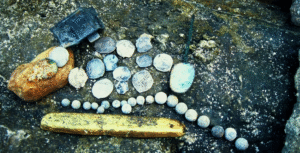
As Namibia prepares plans for a permanent exhibition, the Bom-Jesus continues to bridge worlds between continents, centuries and the human/material pact. The artefacts now held in conservation vaults tell stories of empire, ambition, loss and survival. And presumably, they also challenge us to think about what heritage means in a globalized age.
To the families who financed the voyage, the Bom-Jesus was a lost investment. Also to the sailors, it was a grave for them all. In respect to present day Namibia, it has become a representation of cultural wealth reclaimed from the shadows of history.
The ship that once set sail to bind the world through trade, has in five centuries later reunited nations through shared respect for the past. Below the sands of the Namibia, it waited not just to be found, but then again to be understood.






